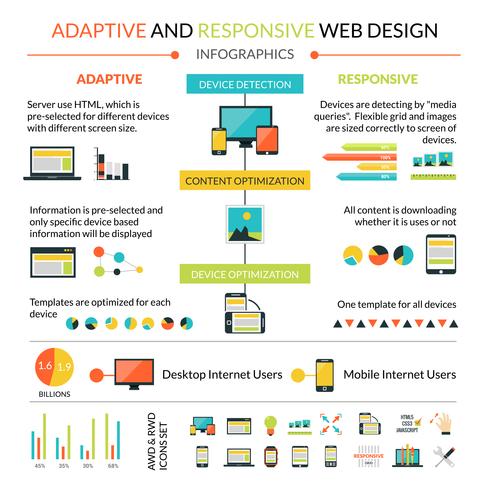When it concerns internet site style, ensuring user-friendliness is crucial. From receptive style to streamlined navigation, every element plays an essential function in producing a website that satisfies your target market's requirements. Yet what concerning the better details that can make or break a customer's browsing experience? Stay tuned as we uncover some often-overlooked suggestions that can elevate your website's usability to the next degree, making it genuinely stand out in the digital landscape.
Significance of Responsive Style
Receptive design is an essential element of contemporary website development. Guaranteeing your website is responsive ways that it can adapt to various display dimensions and gadgets, offering a seamless experience for users.
With the increasing use smart devices and tablets to access the net, having a responsive layout is crucial for reaching a broader target market. It aids in improving individual experience by making your website simple to browse and continue reading any type of tool.
In addition, responsive design can favorably influence your search engine positions, as internet search engine like Google prioritize mobile-friendly websites. By having a receptive layout, you're also future-proofing your website, as brand-new gadgets with varying screen dimensions continue to emerge.
Simplify Navigation Structure
To enhance user experience and facilitate easy access to information on your site, improving the navigation framework is vital. When creating your website, focus on developing a clear and intuitive navigating menu that helps visitors discover what they're looking for swiftly.
Limit the variety of menu things to the fundamentals, grouping related web pages together to avoid frustrating users. Use descriptive labels that plainly indicate the content of each web page, making it easier for individuals to comprehend where each link will take them.
Take into consideration implementing dropdown food selections for subcategories to prevent jumbling the major navigating bar. Additionally, include a search bar prominently on the web page for users who prefer searching for certain info.
Prioritize mobile responsiveness in your navigation design to make sure easy gain access to on all tools.
Maximize Page Lots Speed
Improving web page lots rate is important for maintaining visitors on your internet site. Slow-loading pages irritate users and can result in high bounce rates. To optimize web page tons rate, beginning by optimizing images. Press pictures without endangering top quality to lower their data sizes.
In https://adage.com/article/digital-marketing-ad-tech-news/3-tips-boost-small-business-holiday-sales/2366656 , enable internet browser caching to save often accessed sources locally, speeding up load times for returning visitors. Minify CSS, JavaScript, and HTML documents by eliminating unnecessary personalities, comments, and format, improving load speed.
Think about utilizing a content shipment network (CDN) to disperse your website's material across several servers worldwide, minimizing latency for customers accessing your site from various locations. Finally, limit the use of third-party manuscripts and plugins, as they can dramatically affect load times.
Verdict
In conclusion, by incorporating receptive design, simplifying navigating, and maximizing page tons rate, you can create an user-friendly site that attract a bigger audience and boosts customer experience. These essential elements guarantee that visitors can quickly gain access to and browse your website across different tools, leading to boosted interaction and contentment. By concentrating on these essential elements, you can build an effective website that maintains customers returning for more.
